
How the Jungfraujoch helped launch the Eurovision Song Contest in 1956
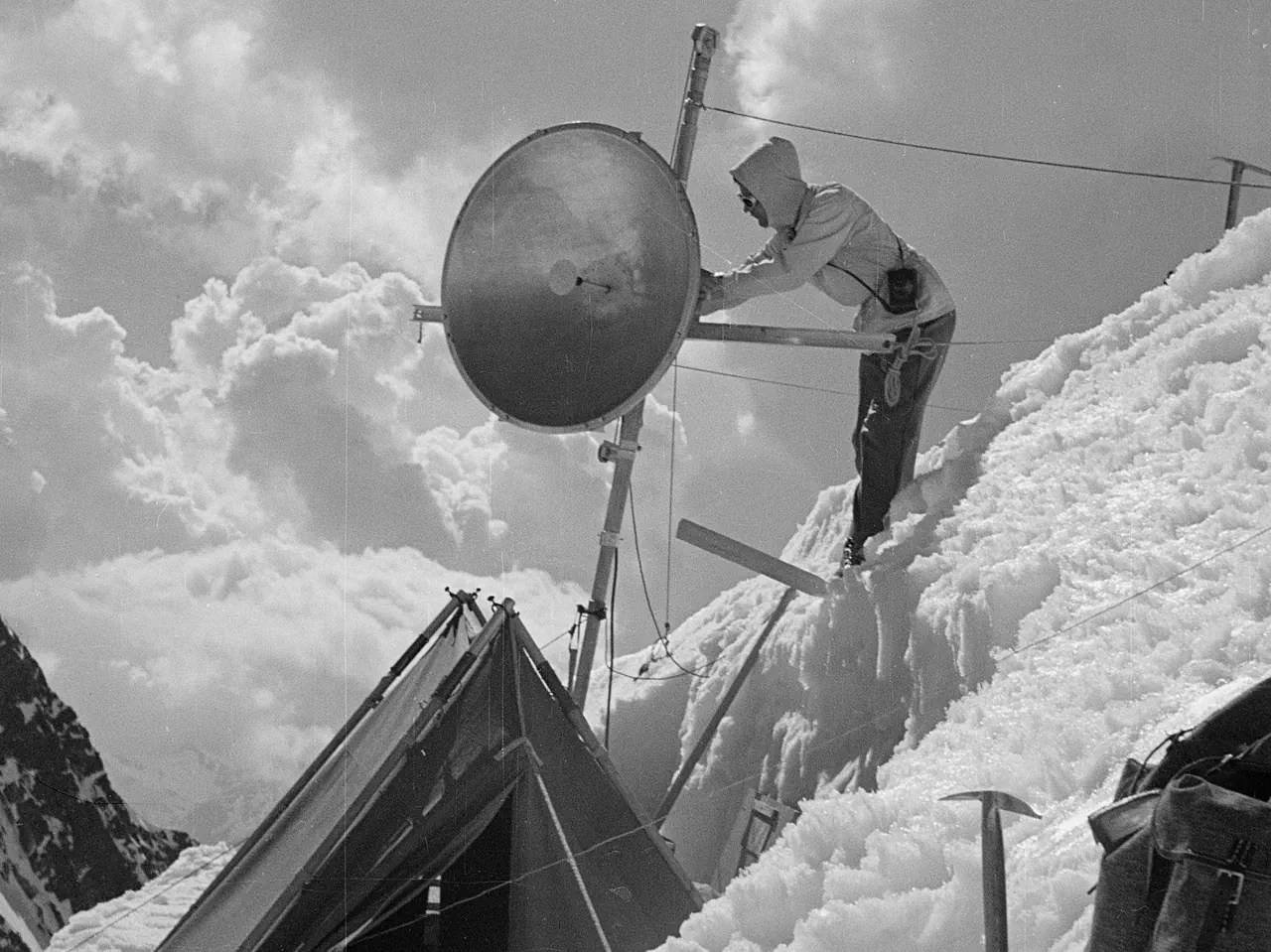
The idea for the first Eurovision Song Contest came from a Swiss director. But the contest was originally a technical test: could a live programme be broadcast across half of Europe? The test was a success – and Eurovision became one of the biggest entertainment shows in the world.
In 1956, Lys Assia made her grand appearance at the Teatro Kursaal in Lugano. The well-known singer performed her song Refrain in front of a reserved audience dressed in evening wear. She stood on a flower-adorned stage, joined by a five-person choir and an orchestra.
Seven countries competed in the first edition of the Eurovision Song Contest, then known as the Concours Eurovision de la Chanson Européenne (Eurovision Song Contest). The international jury selected Refrain as the winning song—Switzerland took home the first Eurovision crown. Half of Europe tuned in – or at least listened. Televisions weren’t yet widespread, so people followed the programme via radio or gathered in front of TV shops or in restaurants.
But why did European broadcasters decide to organise a song competition just eleven years after the end of the Second World War?
Transnational experiments
The foundations had been laid well before the First World War. Radio emerged as a new mass medium, and because radio waves didn’t respect borders, European countries agreed on frequency allocations for broadcasts.
After World War I, the International Broadcasting Union (IBU) was founded to coordinate this effort, launching the Concerts Européens which were broadcast in several countries.
Cooperation stalled during the Second World War, but in 1950, a new attempt was launched. Under the leadership of the BBC, European broadcasters formed the European Broadcasting Union (EBU), which still runs Eurovision today. The EBU explicitly aimed to promote cross-border television.
“1950 can actually be described as the birth of European television,” says historian Andreas Fickers from the University of Luxembourg. “The key players in Western Europe were clearly Britain and France.” These two countries conducted the first transnational TV broadcasts, laying the groundwork for what would become Eurovision.
The birth of Eurovision
In 1953, the coronation of Queen Elizabeth II was broadcast live from London to several European countries. “The EBU saw this as a test case,” says Fickers. “Could we actually broadcast a live event across borders?” It worked – and a year later, the Eurovision network was officially launched.
The first programme under the Eurovision banner was the Daffodil Festival in Montreux. But it was the 1954 World Cup Final, the “Miracle of Bern”, that truly made headlines. West Germany’s victory over Hungary was broadcast across the continent. Then came Eurovision’s first official music contest, held in Lugano in 1956.
Who invented the ESC?
The idea for the contest came from Marcel Bezençon, then director of Switzerland’s national broadcaster, SRG, and programme director of the EBU. Historian Andreas Fickers credits Bezençon with helping launch the contest, though he stops short of calling him its “inventor”.
“Transnational broadcasting was already well established,” says Fickers. “This was simply about transferring those ideas to the new medium of television.” Bezençon played a key role: under his leadership, Swiss TV began broadcasting in 1953. For the World Cup, it even acquired a British-built outside broadcasting (OB) van.
A British OB van and the Jungfraujoch
That very van still exists today, stored at the Museum of Communication near the former national transmitter in Schwarzenburg. Juri Jacquemet, the museum’s curator of collections, has traced its role at Eurovision: the van was parked outside the Teatro Kursaal during the 1956 broadcast.
But the van wasn’t enough on its own. The signal had to cross the Alps to reach the rest of Europe. This was made possible thanks to a directional radio network originally built for telephone connections.
Swiss engineers realised it could also transmit television. “They climbed to the Jungfraujoch to find the ideal spot,” says Jacquemet. Tests were carried out in the direction of Monte Generoso and Chasseral to ensure a viable signal. These sites were chosen because they had already been developed for infrastructure.
The Swiss directional radio system was integrated into the European network, allowing the television signal from Lugano to be transmitted via Jungfraujoch and Chasseral to France and the UK. Thanks to this, the 1956 Eurovision Song Contest reached large parts of Western Europe live.
Lost TV footage, surviving audio
The original television footage from 1956 no longer exists – recording broadcasts was expensive and rarely done. But the radio broadcast was preserved, so the original audio still survives.
The footage of Lys Assia’s winning performance that circulates online today was likely filmed by an audience member. What the first Eurovision looked like on TV remains a mystery.
What is your opinion? Join the debate:
Translated from German using DeepL/amva

In compliance with the JTI standards
More: SWI swissinfo.ch certified by the Journalism Trust Initiative



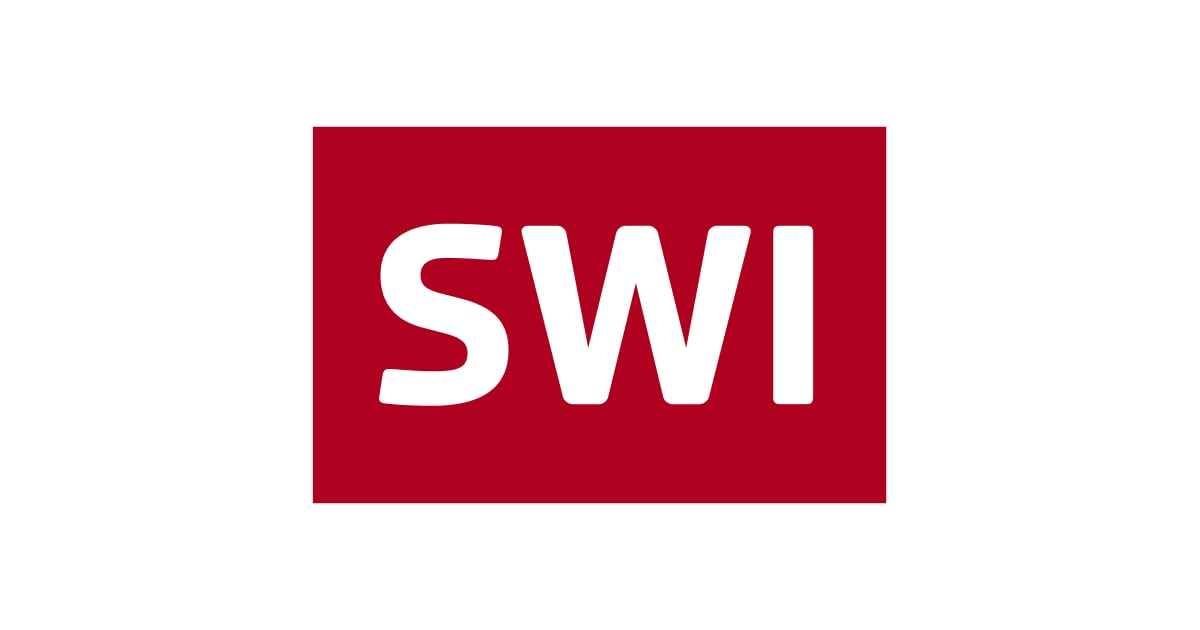

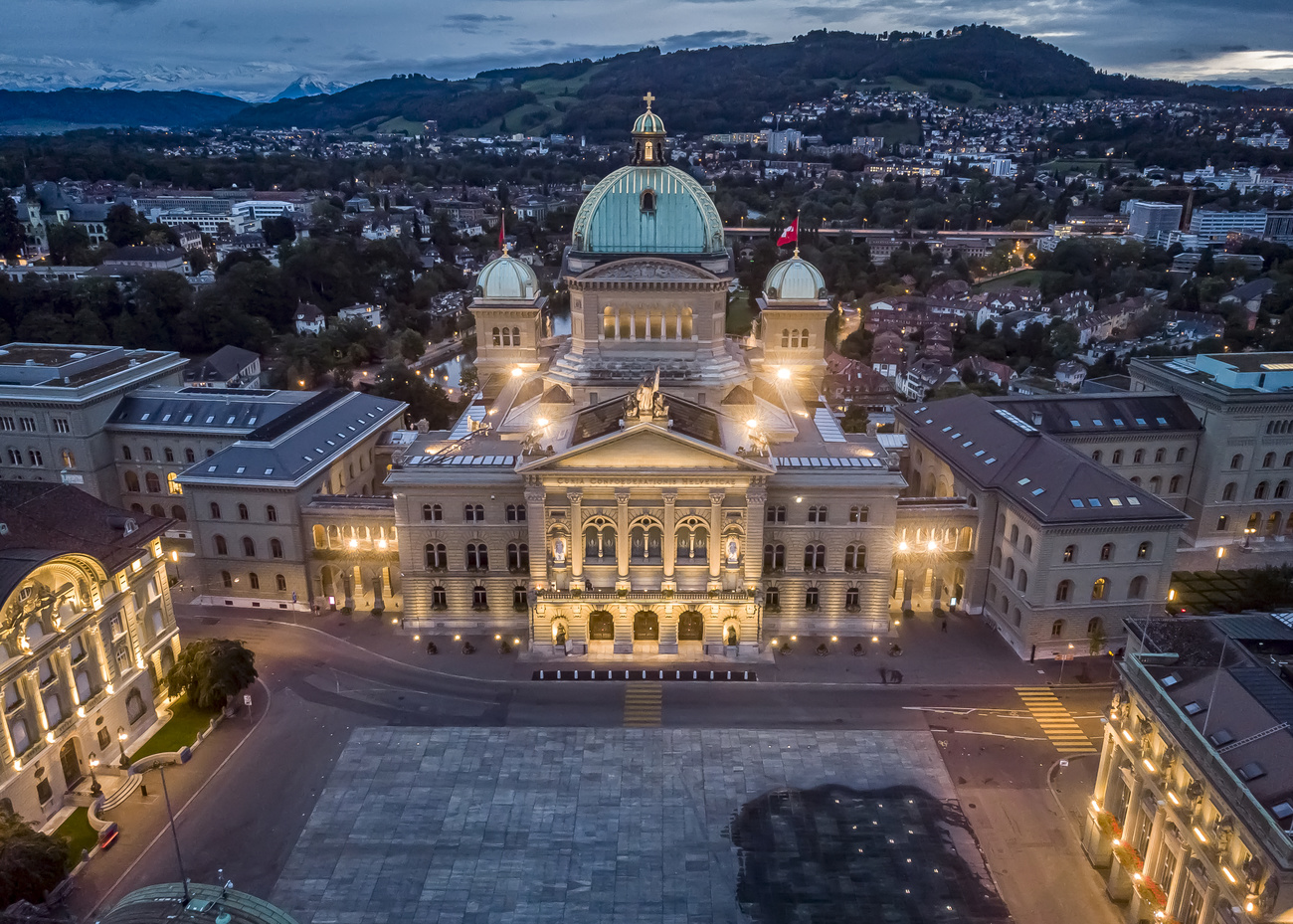

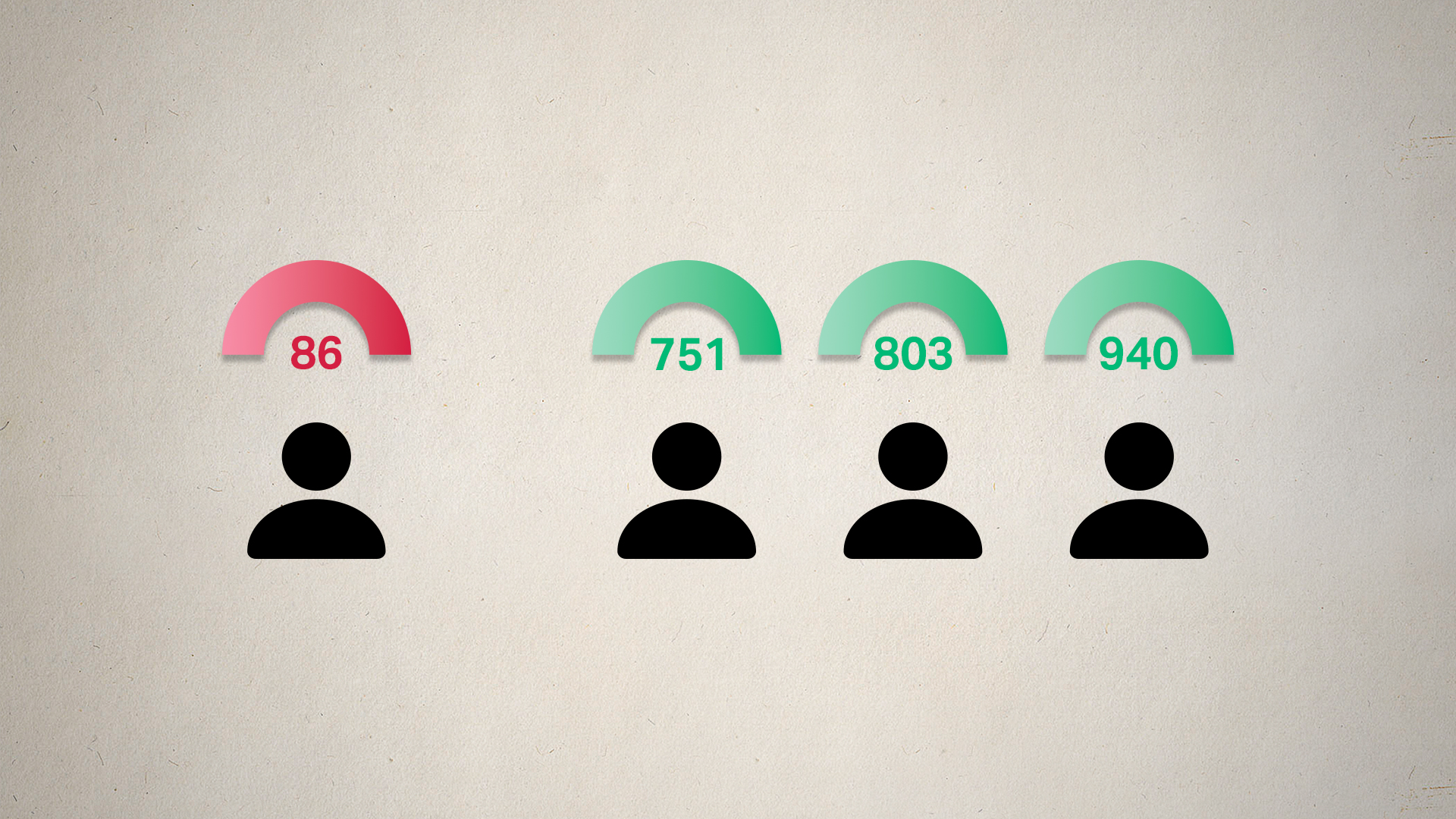

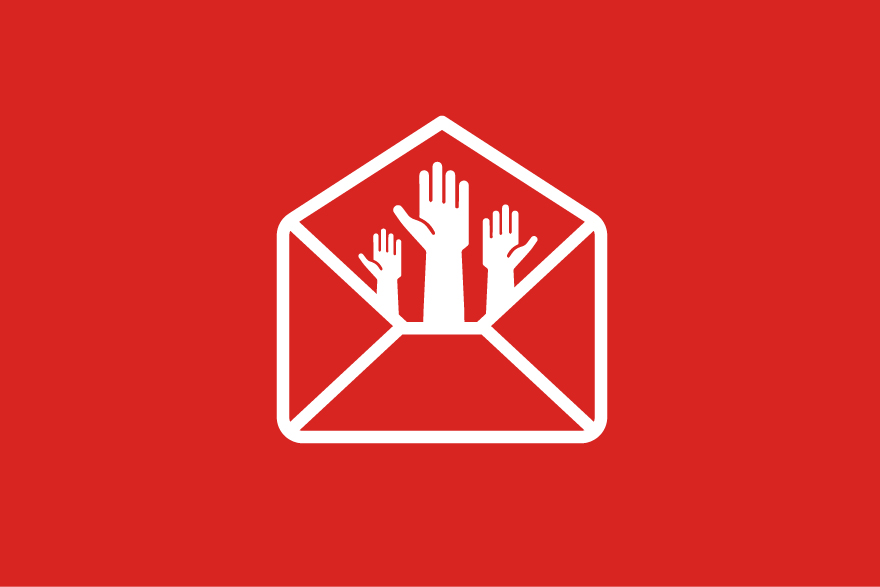
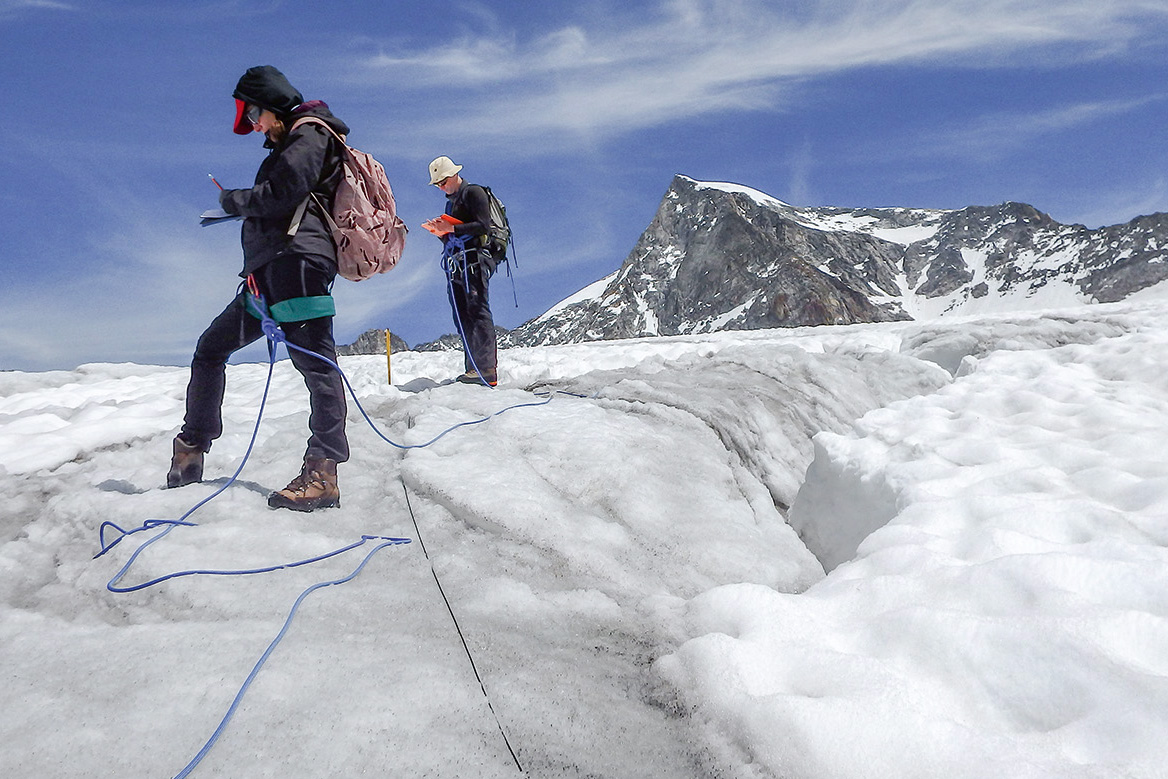












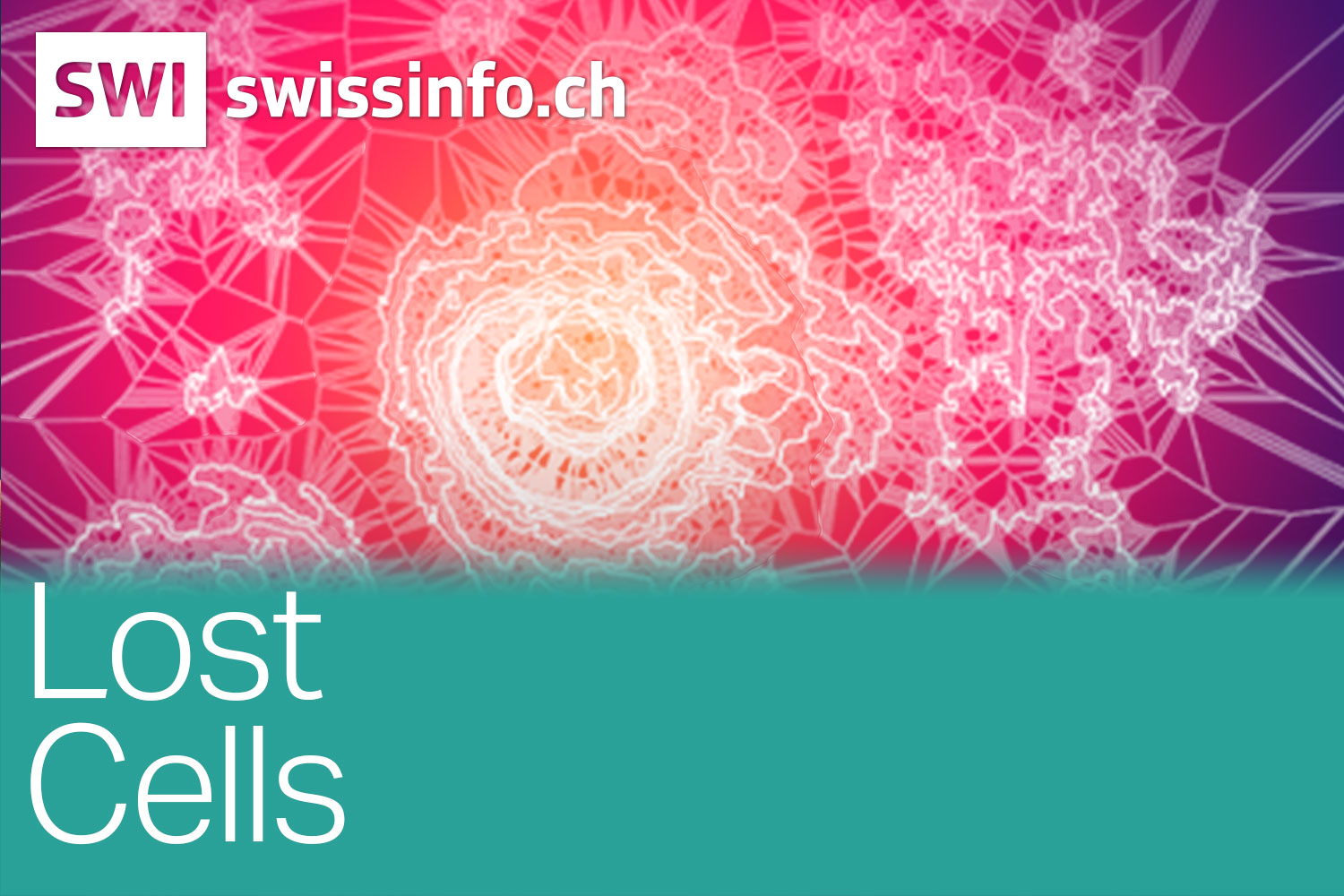












You can find an overview of ongoing debates with our journalists here . Please join us!
If you want to start a conversation about a topic raised in this article or want to report factual errors, email us at english@swissinfo.ch.